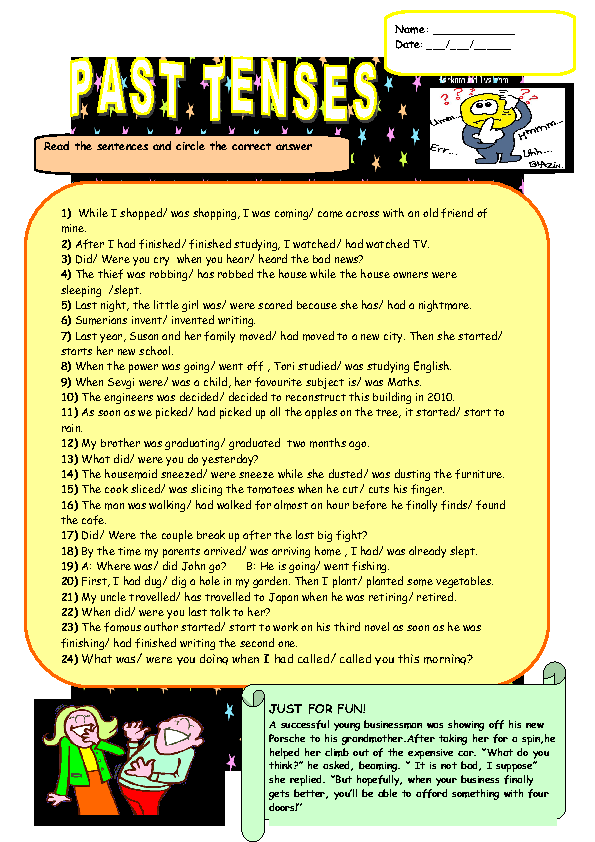

Overly soft but unspoiled avocados are safe to eat and can be used to make guacamole, smoothies, salad dressing, and baked goods. You can reduce waste if you keep a close eye on avocados and refrigerate them to slow the ripening process. To minimize browning of cut areas, brush lemon juice on the flesh and store refrigerated in a sealed container. If you find it unappetizing, skim off the discolored layer and eat the rest ( 7).

This is a natural process, similar to how apples turn brown when cut.

Keep in mind that once you cut an avocado, the flesh starts to brown due to oxygen exposure. Additionally, don’t try to salvage any part of a rancid, sour-smelling, or moldy avocado, as it has the potential to make you sick ( 2, 5, 6). However, don’t eat discolored areas of an avocado, as they won’t taste good. Since ripening starts from the stem end and progresses downward, you might be able to use part of the overripe fruit if the flesh has just started to turn brown. Whether it’s safe to eat an overripe avocado depends on the type of decay and how far it has progressed. However, an isolated discolored area may be due to bruising. The flesh of a rotten avocado has dark spots and a stringy texture that tastes bad. A fibrous texture can also be attributed to growing conditions ( 2). Still, if there are no other signs of rot, it’s not necessarily bad. Similarly, the texture of an avocado may be stringy when it has spoiled. If the fruit looks good otherwise and doesn’t taste off, it’s fine to eat. Still, some avocados - particularly those harvested from young trees - may have dark streaks even though they’re not rotten. Yet, an isolated brown spot may be due to bruising, rather than widespread spoilage, and can be cut away.Īnother possible sign of rotting is dark streaks in the flesh. A rotten one has brown or black spots throughout the flesh ( 2). Of course, this is only an option after you buy it.Īn avocado that’s ready to eat has light green flesh. The truth is that you won't master English without studying them.Once you cut an avocado, it’s easier to determine whether it has gone bad.
#Past tense of squeeze how to#
There's no real trick to learning how to use irregular verbs. So, if you're learning or teaching English, you must embrace them. Somewhat counter-intuitively, the most common verbs in English are irregular. Here is a Venn diagram that explains how verbs are classified: Similarly, the terms "regular verb" and "weak verb" are not synonyms. The terms "irregular verb" and "strong verb" are not synonyms (i.e., they do not mean the same). Infographic Explaining Strong, Weak, Regular, and Irregular Verbs Here are some examples of strong and weak irregular verbs: Irregular Verbs Can Be Strong or Weak VerbsĪn irregular verb can be either a weak verb (when its past forms end "-d" or "-t") or a strong verb. Some irregular verbs do not change their forms for the simple past tense and the past participle: The second form (e.g., learnt, dreamt) is more common in British English. The following verbs can be regular or irregular: Here is a fuller list of the most common irregular verbs in English: see, say, go, come, know, get, give, become, find, and think.Aside from these three (which deserve a special status for being both main or auxiliary verbs), the top 10 irregular verbs in English are: The most common irregular verbs in English are be, have, and do.

Notice that the regular verbs add just "-ed" or "-d": For example:Ĭompare the past forms of the irregular verbs above with the past forms of these regular verbs. With an irregular verb, the past form and past participle are often different (but not always). Ironically, the most commonly used verbs in English are all irregular: Click on the green letters to spell the past tense and then the past participle of the irregular verb shown.


 0 kommentar(er)
0 kommentar(er)
